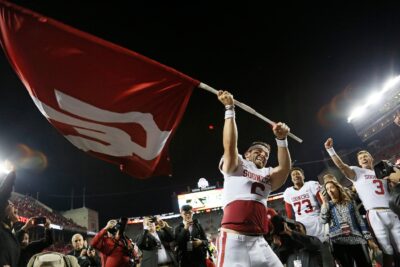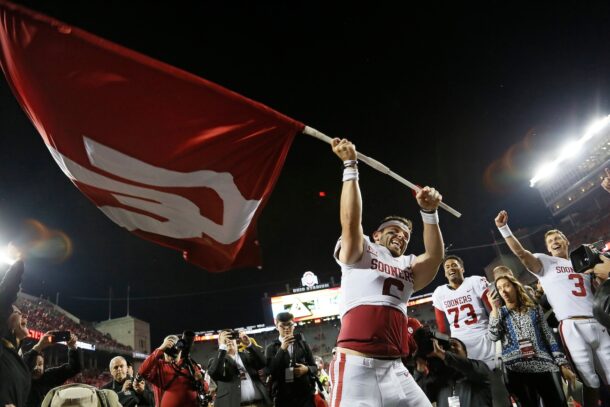NCAA announces adjustments to transfer waiver guidelines for 2022
By SDS Staff
Published:
Last month, the NCAA officially adopted the one-time transfer waiver expected. Now, second-time transfers are being addressed.
On Wednesday, the Division I Council announced it has approved new waiver guidelines for student-athletes who aren’t eligible for the one-time transfer exception. These new guidelines would apply to anyone who doesn’t meet the criteria for the one-time transfer exception, including athletes wishing to transfer a second time.
Here are the new guidelines from the NCAA:
In order to compete immediately after a second transfer, a student must meet either the current education-impacting disability guideline or an updated guideline that addresses a “real and imminent health and safety” threat.
The disability guideline requires the transferring student to provide documentation showing that the student-athlete needs support services and/or treatment that was unavailable or inadequate at the previous school but available at the school to which they are transferring.
The health and safety guideline requires schools to provide timely, objective documentation demonstrating that the transfer was due to unique, extenuating and extraordinary circumstances outside the student’s control and caused by an imminent threat to the student’s health or safety.
The new guidelines would go into effect in January 2022.
“These guidelines provide an opportunity for student-athletes with the greatest need to transfer and compete immediately,” said Working Group on Transfers chair and Council vice chair Jon Steinbrecher, commissioner of the Mid-American Conference. “The delayed effective date is the fairest way to accommodate student-athletes who entered the Transfer Portal with the current waiver guidelines in place.”
The announcement notes that the current postgrad waiver is in place and “the working group will continue to examine the most appropriate way to address student-athletes who have transferred, graduate and wish to continue their eligibility at another school.”
Saturday Down South reports and comments on the news around the Southeastern Conference as well as larger college football topics.







